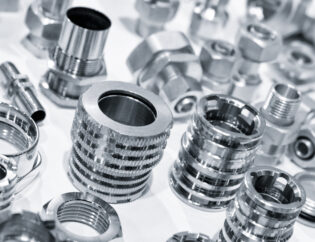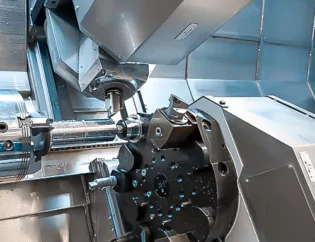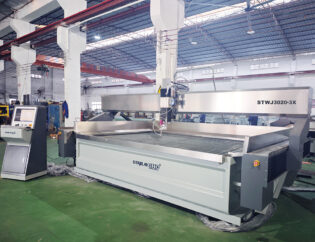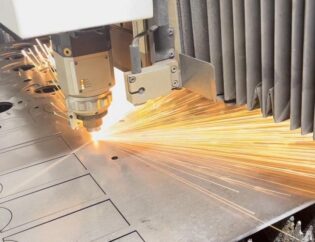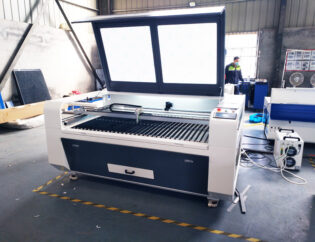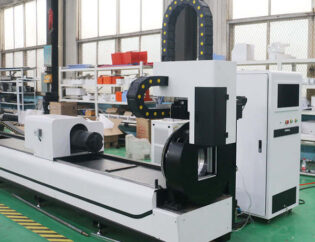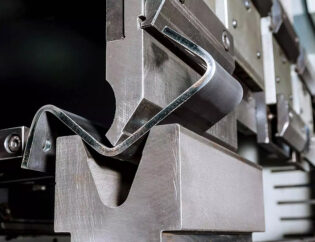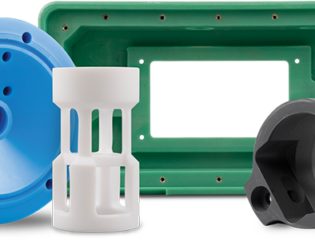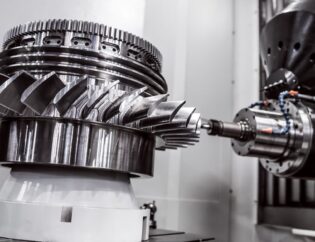Conventional machining is a cornerstone of manufacturing, playing a vital role in shaping materials into precise components. This guide delves into the fundamental processes, techniques, and tools that define conventional machining. Understanding these principles is essential for engineers, machinists, and hobbyists alike, as they form the foundation for advanced manufacturing practices.
Readers can expect to explore various machining methods, including turning, milling, and drilling, along with their applications and advantages. The guide will also cover essential machine tools, setup procedures, and best practices to enhance efficiency and accuracy. By the end, you will have a comprehensive understanding of how conventional machining contributes to the production of high-quality parts in diverse industries.
Difference between Conventional and Non-Conventional Machining Process
Manufacturing processes can be broadly divided into two groups: primary manufacturing processes and secondary manufacturing processes. The former provides basic shape and size to the material as per the designer’s requirement, while the latter provides the final shape and size with tighter control on dimensions and surface characteristics. Material removal processes are mainly secondary manufacturing processes.
Overview of Machining Processes
Machining is a subtractive manufacturing process that involves removing material from a workpiece to achieve the desired shape and size. This process can be categorized into two main types: conventional machining and non-conventional machining. Each type has its unique characteristics, advantages, and applications.
Technical Features Comparison
| Feature | Conventional Machining | Non-Conventional Machining |
|---|---|---|
| Tool Contact | Direct contact with the workpiece | No direct contact required |
| Material Versatility | Limited to softer materials | Can machine hard and brittle materials |
| Production Speed | Slower due to friction | Generally faster, depending on the process |
| Precision | Lower precision, affected by tool wear | Higher precision, minimal tool wear |
| Setup Complexity | Simpler setup | More complex setup |
| Operator Skill Requirement | High skill required | Moderate skill required |
| Cost | Lower initial cost | Higher initial investment |
Types of Machining Processes
| Type of Machining | Description | Examples |
|---|---|---|
| Conventional Machining | Involves direct contact with cutting tools | Turning, Milling, Drilling, Grinding |
| Non-Conventional Machining | Uses alternative methods for material removal | Electrical Discharge Machining (EDM), Laser Machining, Ultrasonic Machining |
Conventional Machining
Conventional machining is the traditional method of shaping materials using cutting tools that directly contact the workpiece. This method is widely used in various industries due to its simplicity and effectiveness. Common processes include turning, milling, drilling, and grinding.
Advantages of Conventional Machining
- Lower Initial Investment: Conventional machines are generally less expensive than CNC machines, making them accessible for small workshops.
- Flexibility: Ideal for small batch production and prototyping, allowing for quick adjustments without complex programming.
- Simplicity: Easier to understand and operate, especially for basic machining tasks.
Disadvantages of Conventional Machining
- Lower Precision: The quality of the final product heavily relies on the operator’s skill, leading to potential inconsistencies.
- Higher Labor Costs: Requires skilled operators for effective operation, which can increase production costs.
- Tool Wear: Direct contact with the workpiece leads to faster tool wear and potential quality issues.
Non-Conventional Machining
Non-conventional machining encompasses a variety of advanced techniques that do not rely on direct contact between the cutting tool and the workpiece. This category includes processes like Electrical Discharge Machining (EDM), Laser Machining, and Ultrasonic Machining.
Advantages of Non-Conventional Machining
- Higher Precision: Capable of producing intricate shapes and tight tolerances, making it suitable for high-tech applications.
- Material Versatility: Can machine a wider range of materials, including hard and brittle substances.
- Reduced Tool Wear: Minimal contact with the workpiece results in longer tool life and less frequent replacements.
Disadvantages of Non-Conventional Machining
- Higher Initial Costs: The setup and equipment for non-conventional machining can be expensive.
- Complexity: Requires skilled operators familiar with advanced technologies and programming.
- Slower for Simple Tasks: For basic machining tasks, non-conventional methods may be slower and less cost-effective.
Conclusion
In summary, both conventional and non-conventional machining processes play vital roles in the manufacturing industry. Conventional machining is ideal for simpler tasks and lower production volumes, while non-conventional machining excels in precision and versatility for complex applications. Understanding the differences between these methods can help manufacturers choose the right approach for their specific needs.
FAQs
1. What is the main difference between conventional and non-conventional machining?
Conventional machining involves direct contact between the cutting tool and the workpiece, while non-conventional machining does not require direct contact, allowing for greater precision and versatility.
2. Which machining method is more cost-effective for small production runs?
Conventional machining is generally more cost-effective for small production runs due to lower initial investment and simpler setup.
3. Can non-conventional machining handle hard materials?
Yes, non-conventional machining can effectively machine hard and brittle materials, making it suitable for a wider range of applications.
4. What are some examples of non-conventional machining processes?
Examples include Electrical Discharge Machining (EDM), Laser Machining, and Ultrasonic Machining.
5. How does operator skill impact machining quality?
In conventional machining, the operator’s skill significantly affects the quality and consistency of the final product, while non-conventional machining relies more on technology and programming for precision.

